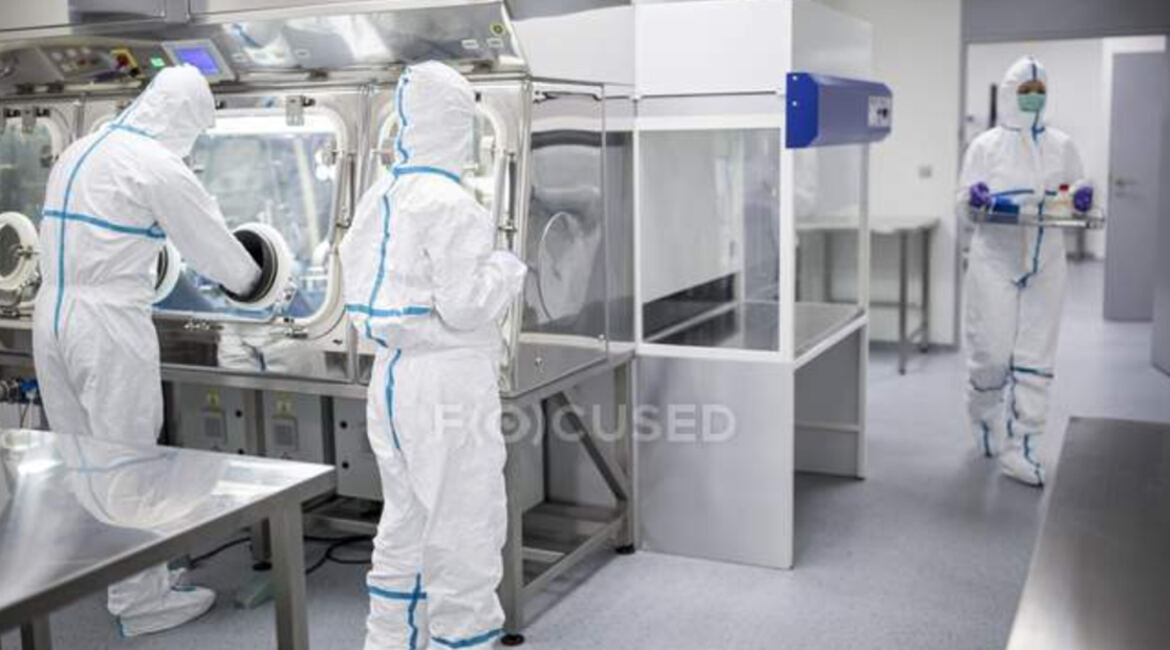Safety Design Aspects of Pharmaceutical Laboratories.
The safe handling of potent compounds within a laboratory environment can be best accomplished by adopting a containment strategy which addresses two defined areas of control:
- The building design, which includes the air handling facilities and built in control measures such as airlocks, laboratory layout and access controls.
- Local exhaust ventilation controls, extraction and filtration requirements for connection of task specific containment systems.
At the outset, facility features, coupled with facility design and process design will, to a significant degree, determine the effectiveness of various methods of controlling potential exposures in the workplace. Emphasis should be placed upon the importance of utilizing appropriate engineering controls as the principal method of minimizing occupational health risk. Good air handling and engineering controls will reduce the reliance on the use of personal protective equipment (PPE) such as respirators. This will also allow the scientist or operator to work more freely by reducing the reliance on certain working procedures such as; restricted working zones, detailed sample handling procedures and limited working patterns.
The following sections outline four basic areas of a safety design that should be considered when building or refurbishing a Pharmaceutical laboratory facility.

